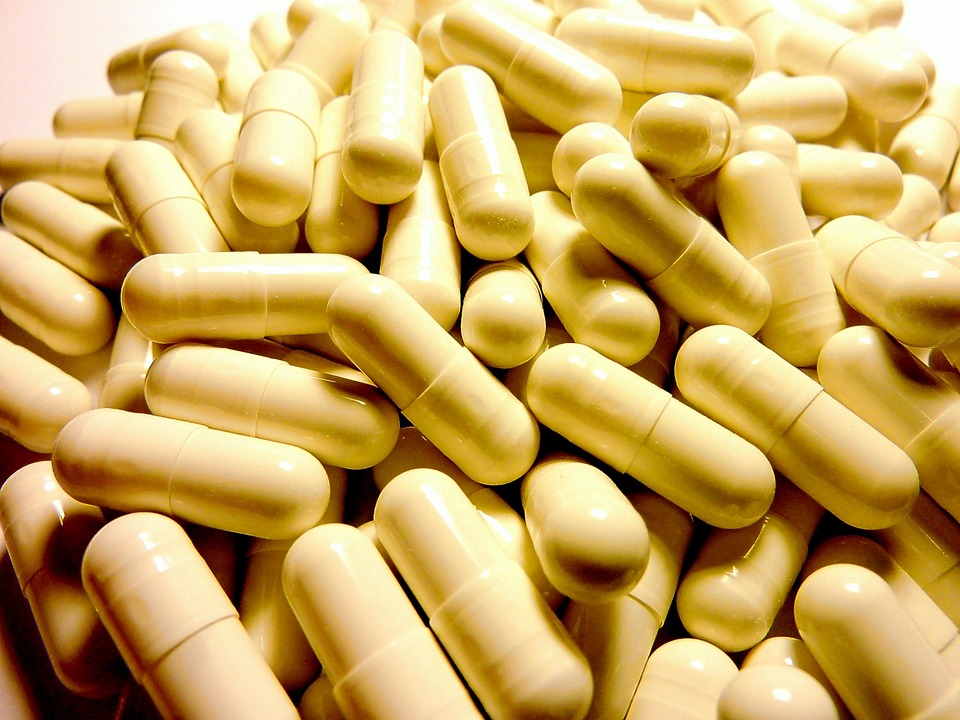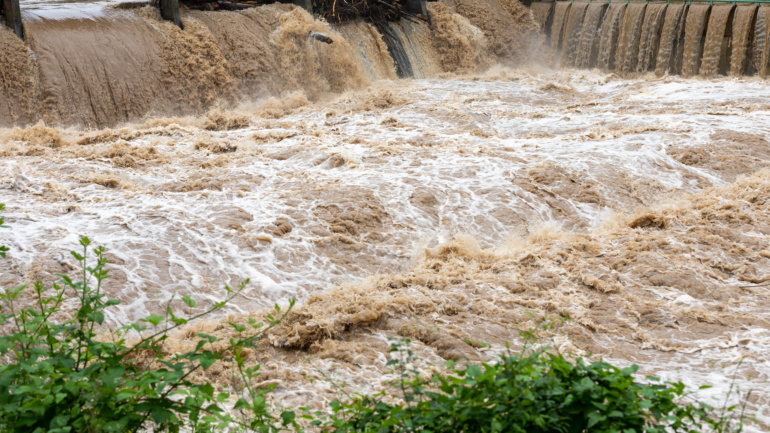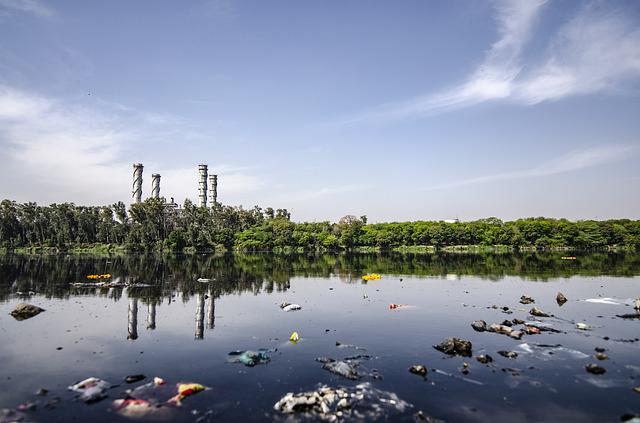By Anam Chohan, Staff Writer and Researcher for Save The Water™ | February 11, 2020
So far, wastewater treatment plants could do better in removing pharmaceutical waste. To clarify, pharmaceutical waste is waste such as antidepressants and over-the-counter drugs.
Overall, pharmaceutical waste may enter water systems in four ways:
- Facilities that make medicine
- Wastewater treatment plants
- Toilets where people flush unused medicines
- Human sweat and feces
As stated in this Save The WaterTM article, pharmaceutical pollutants in wastewater risk human health. Why? Because antibiotics in wastewater help the evolution of drug-resistant bacteria, that’s why. Also, the antidepressant Fluoxetine poses the most toxic human pharmaceutical risk.
Despite the widespread risk, Boston University put out a study in October 2019. It might offer a solution. Specifically, researchers tested two different purification methods. They did the tests at seven wastewater treatment plants in the eastern United States. Basically, they achieved a 95 percent purification rate for removing pharmaceutical waste. In brief, the two methods involve a combination of ozonation and granular activated carbon (GAC).
What is Ozonation in Wastewater Treatment?
Ozonation uses ozone (O3 molecules). People use an electric field or ultraviolet light to make ozone because O3 molecules aren’t stable. Then, the ozone is pulled into water. In this way, we use ozone to increase purification efficiency in water treatment. Simply put, ozonation breaks down most organic micropollutants.
What is Granular Activated Carbon (GAC) in Wastewater Treatment?
Granular activated carbon is carbon that is processed to be like a sponge. As a result, this process greatly increases the carbon’s surface area. Also, this process makes it easier for molecules to pass through carbon. For example, a 2008 study by the National Institute of Technology in India tested the removal of cyanide compounds using varying concentrations, temperatures, and pH levels of GAC. In sum, the study found that GAC removed more than 85 percent of the toxins.
Three Ways You Can Stop Pharmaceutical Pollution in Water
Summing up, here are three things you can do to help:
- Drop off medicine you don’t use, either prescribed or over the counter, a drug take back site, location, or program.
- If you can’t get to a take back location, don’t flush medicine down the toilet. Follow these instructions to discard the medicine in your trash at home.
- Only buy the amount of medicine you need to prevent wasted or expired medicine.
References
- Luisa F. Angeles, et. al. November 2019. “Assessing pharmaceutical removal and reduction in toxicity provided by advanced wastewater treatment systems.” Journal of Environmental Science: Water Research & Technology, 6 (62-77). https://pubs.rsc.org/en/content/articlelanding/2020/EW/C9EW00559E#!divAbstract
- US Geological Survey. “Manufacturing Facilities Release Pharmaceuticals to the Environment.”
https://toxics.usgs.gov/highlights/PMFs.html - Patrick J. Phillips et. al. June 4, 2010. Pharmaceutical Formulation Facilities as Sources of Opioids and Other Pharmaceuticals to Wastewater Treatment Plant Effluents.” Journal of Environmental Science & Technology, 44 (13). https://pubs.acs.org/doi/10.1021/es100356f
- Erin Fee. August 18, 2019. “Pharmaceutical Pollution: Why Drugs Are In Our Drinking Water.” Save The Water. https://savethewater.org/pharmaceutical-pollution/
- Simon Webb et. al. May 15, 2003. “Indirect human exposure to pharmaceuticals via drinking water.” Journal of Hot Spot Pollutants: Pharmaceuticals in the Environment, 142 (3). https://www.sciencedirect.com/science/article/abs/pii/S0378427403000717
- MayoClinic. September 17, 2019. “Selective serotonin reuptake inhibitors (SSRIs)”. https://www.mayoclinic.org/diseases-conditions/depression/in-depth/ssris/art-20044825
- United States Environmental Protection Agency. “Drinking Water Treatability Database: Ozone.”
https://iaspub.epa.gov/tdb/pages/treatment/treatmentOverview.do?treatmentProcessId=-1467636837 - Luisa F. Angeles, et. al. November 2019. “Assessing pharmaceutical removal and reduction in toxicity provided by advanced wastewater treatment systems.” Journal of Environmental Science: Water Research & Technology, 6 (62-77). https://pubs.rsc.org/en/content/articlelanding/2020/EW/C9EW00559E#!divAbstract
- U.S. Food and Drug Authority. Drug Disposal: Drug Take Back Locations. https://www.fda.gov/drugs/disposal-unused-medicines-what-you-should-know/drug-disposal-drug-take-back-locations
- U.S. Food and Drug Authority. Drug Disposal: Dispose “Non-Flush List” Medicine in Trash. https://www.fda.gov/drugs/disposal-unused-medicines-what-you-should-know/drug-disposal-dispose-non-flush-list-medicine-trash




